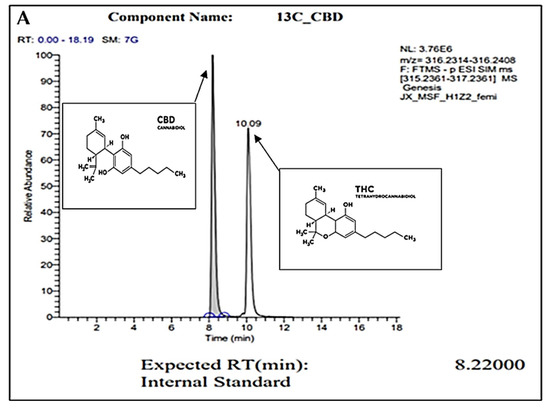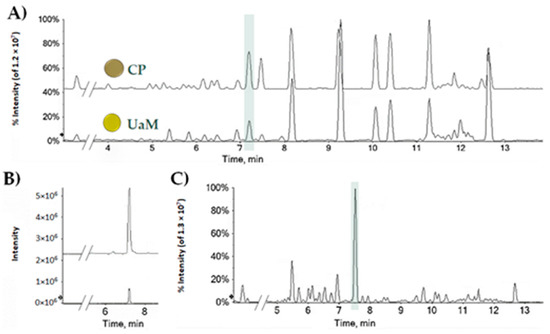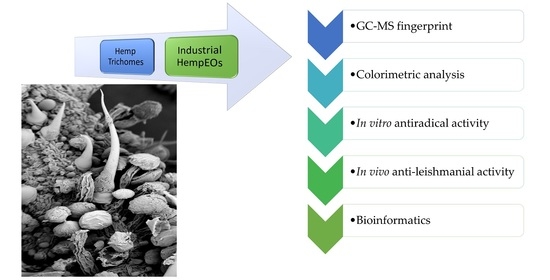
“Antibiotics are used as the first line of treatment for bacterial infections. However, antibiotic resistance poses a significant threat to the future of antibiotics, resulting in increased medical costs, hospital stays, and mortality. New resistance mechanisms are emerging and spreading globally, impeding the success of antibiotics in treating common infectious diseases.
Recently, phytocannabinoids have been shown to possess antimicrobial activity on both Gram-negative and Gram-positive bacteria. The therapeutic use of phytocannabinoids presents a unique mechanism of action to overcome existing antibiotic resistance.
Future research must be carried out on phytocannabinoids as potential therapeutic agents used as novel treatments against resistant strains of microbes.”
https://pubmed.ncbi.nlm.nih.gov/36143430/
“Current antibiotic treatments have limited efficacy against multidrug-resistant bacteria, causing a significant challenge for prescribing physicians. A lack of effective therapies or new antibiotics requires the development of alternative antimicrobial therapies. Research has shown phytocannabinoids and CB2 agonists to exhibit antibiotic activity against a variety of Gram-positive and Gram-negative bacteria. Although their antimicrobial activity is limited in terms of Gram-negative bacteria, they offer therapeutic potential when administered as an adjunct treatment with an outer membrane perturbing molecule to facilitate the permeation of compounds that are effective on Gram-positive bacteria. Research has also shown synergy supporting the potential for combination therapy both in vivo and in vitro. Furthermore, CB2 agonists, such as β-caryophyllene, are widely used in industry as food additives and traditional medicine, and many are FDA approved and generally recognised as safe (GRAS), making them a good option for a novel therapeutic. The studies presented in this review suggest an attractive potential for cannabinoid-based antibacterial treatments.”






 “Streptococcus mutans
“Streptococcus mutans “Industrial hemp is a multiuse crop that has been widely cultivated to produce fibers and nutrients. The capability of the essential oil (EO) from inflorescences as antimicrobial agent has been reported. However, literature data are still lacking about the hemp EO antiprotozoal efficacy in vivo.
“Industrial hemp is a multiuse crop that has been widely cultivated to produce fibers and nutrients. The capability of the essential oil (EO) from inflorescences as antimicrobial agent has been reported. However, literature data are still lacking about the hemp EO antiprotozoal efficacy in vivo. 
 “Industrial hemp is characterized by a huge amount of by-products, such as inflorescences, that may represent high-quality sources of biomolecules with pharmaceutical interest.
“Industrial hemp is characterized by a huge amount of by-products, such as inflorescences, that may represent high-quality sources of biomolecules with pharmaceutical interest.